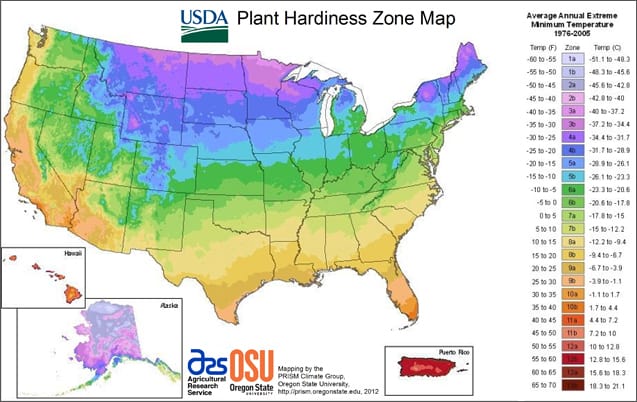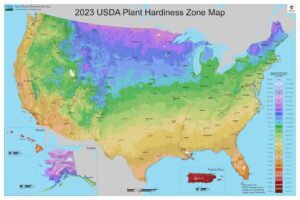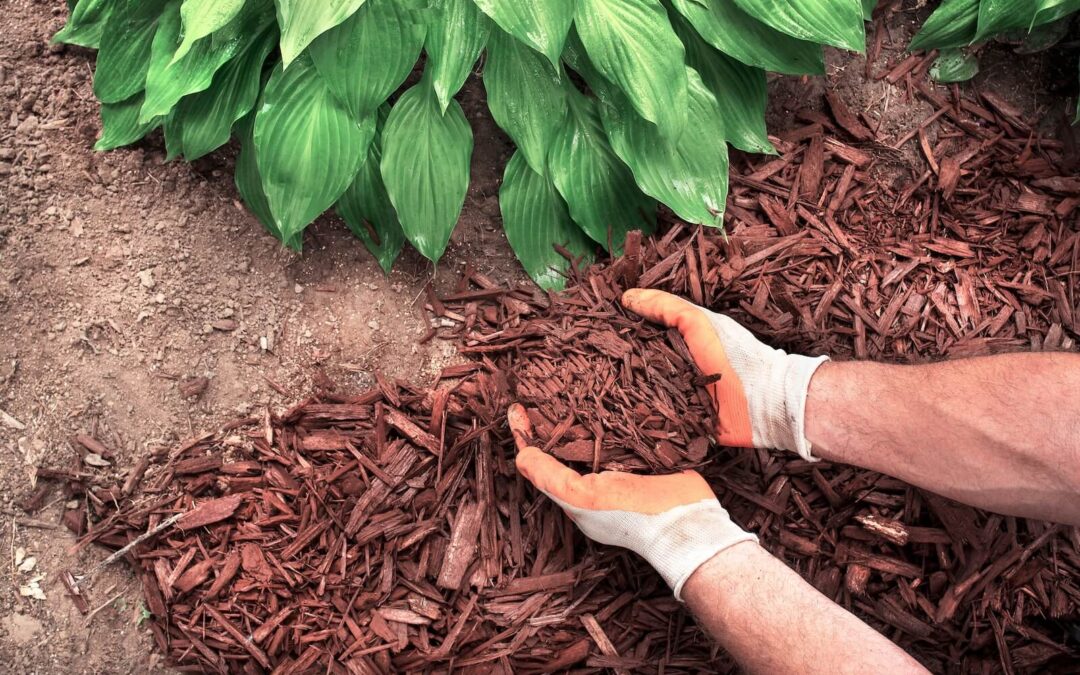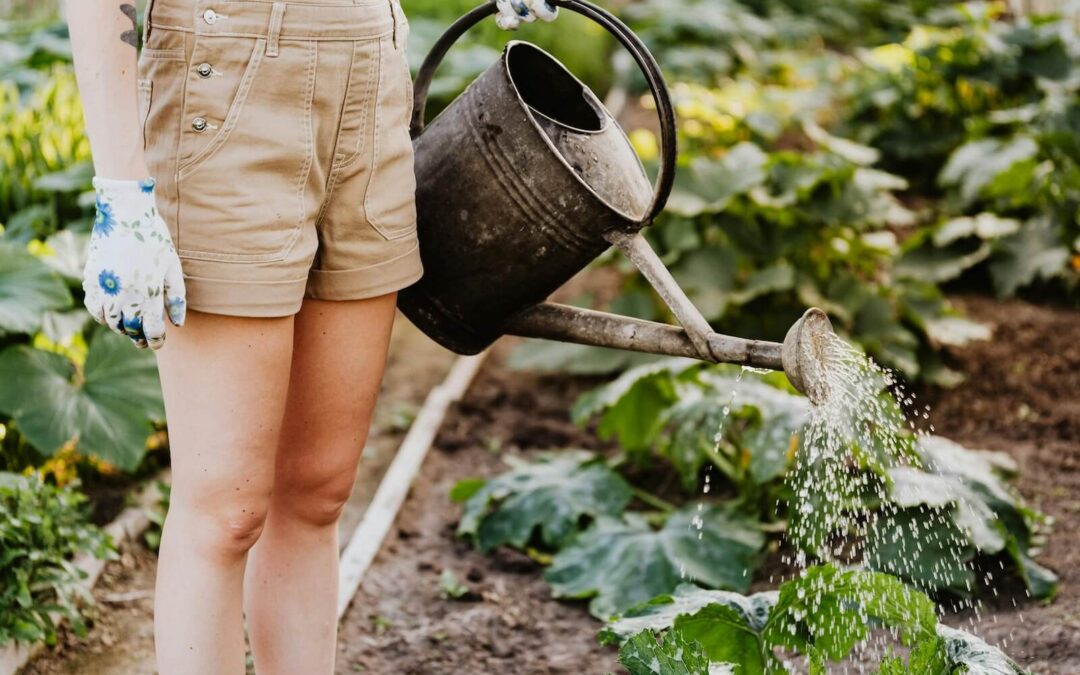The Plant Hardiness Zone Map, provided by the United States Department of Agriculture (USDA), serves as an invaluable tool for gardeners, landscapers, and farmers across the nation. It offers a standard reference to understand the climatic conditions ideal for growing specific plants, ensuring healthier landscapes and thriving gardens. The map on this page reflects the newest update as of November 2023.
The USDA Plant Hardiness Zone Map helps elucidate many things and is widely useful to many people. Its benefits are numerous and include:
Guidance for Plant Selection: The map provides clear zones, each representing a specific average annual minimum winter temperature. This aids gardeners in choosing plants most likely to thrive in their specific zone.
Reduced Risk of Plant Loss: Understanding the hardiness zones can save gardeners time, effort, and money by reducing the chances of planting something that won’t survive the winter or will be ill-suited to the summer temperatures.
Planning for Landscape and Garden Projects: Whether you’re a professional landscape artist or a hobbyist gardener, the map helps in planning projects by offering insights into the regional adaptability of plants.
Research and Climate Studies: Besides gardening, the map is useful for researchers to track climate change patterns and study plant evolution in relation to changing climates.
Colorado and the Plant Hardiness Zone Map
Colorado, with its diverse topography ranging from arid plains to snowy mountains, falls under multiple zones in the USDA Plant Hardiness Zone Map.
Mountainous Regions: Colorado’s mountainous areas, like the Rockies, typically fall within zones three to five. This means colder winter temperatures, often reaching lows of -30 F to -20 F. Hardy perennials, shrubs, and trees, such as spruces, firs, and aspens, are well-suited for these zones.
Front Range & Plains: Regions such as Denver and the eastern plains might lie within zones five to six, with average minimum winter temperatures ranging from -20 F to -10 F. Here, residents have a broader range of plant choices, including many ornamental shrubs, fruit trees, and perennial flowers.
Southern & Western Regions: Some parts of Southern and Western Colorado, including areas like Durango, often fall within zones six to seven. The milder winter temperatures in these areas allow for even more diverse planting options.
For residents of Colorado, understanding these zones is crucial. The state’s varied climate zones mean a plant that thrives in Denver might struggle in Aspen. By using the Plant Hardiness Zone Map, Coloradans can make informed decisions to ensure their gardens and landscapes not only survive but flourish.
If you need help figuring out what plants work best in your landscape and can handle the extreme Colorado temperatures, contact Lifescape Colorado by calling (303) 831-8310.





